$1,481 2Q 2024
0.9%
94.7% 2Q 2024
10 BASIS POINTS
3,959 [YTD: 5,988]
1,971 [YTD: 4,978]
Nearly 3,959 units were absorbed across the Twin Cities market in the second quarter of 2024, representing a 159% increase over the pre-pandemic average.
Despite a historic high in new apartment deliveries, the surge in rental activity throughout 2024 propelled the average occupancy for stabilized assets rate up by 10 basis points, reaching 94.7% by the end of the second quarter.
Transaction volume rebounded to $609.1 million across 39 transactions in the first half of 2024, marking the third-highest total for a first half of the year, only behind 2022 and 2016.
QUARTERLY DEMAND
QUARTERLY COMPLETIONS
Elevated demand continued into the second quarter of 2024, mitigating the impact of a historic surge in new apartment deliveries across the metro area. With almost 4,000 units absorbed in 2Q alone, demand has now outpaced supply, breaking an eight-quarter streak of supply exceeding demand. All submarkets, except West St. Paul, reported positive net absorption. Downtown Minneapolis and St. Louis Park/Hopkins stood out, absorbing 362 and 348 units, respectively, demonstrating ongoing appeal and resilience in the Minneapolis apartment market.
The Twin Cities apartment market is poised for a significant shift. Despite a recent surge of over 12,500 new units in the past year, a notable decline in new project starts signals a looming slowdown in new deliveries. By late 2025, this trend is expected to lead to an uptick in occupancies. As a result, rent growth is projected to accelerate in 2025, particularly in the thriving suburban submarkets.
The Twin Cities apartment market has displayed remarkable stability amid an unprecedented influx of new apartments. Even with a historic high in new apartment deliveries, the surge in rental activity throughout 2024 propelled the average occupancy rate up by 10 basis points, reaching 94.7% by the end of the second quarter. Yearly demand exceeded pre-pandemic peaks by 110%, reinforcing the Twin Cities’ status as a highly sought-after rental market. Performance, however, is not uniform across all submarkets. North Minneapolis, for example, has achieved an impressive occupancy rate of 98.6%. In contrast, West St. Paul, known as the most expensive neighborhood, is grappling with challenges, reflected in an occupancy rate of just 83.8% and net move-outs. Despite these variances, the overall robust performance of the market attests to the Twin Cities’ sustained attractiveness.
Despite a record-breaking year of new apartment completions, the Minneapolis-St. Paul metro area has demonstrated remarkable resilience, with rents increasing 0.9% year-over-year to $1,481. While the overall market is holding steady, performance varies significantly across the Twin Cities submarkets. The urban core has faced challenges due to ongoing shifts in remote work, leading to slower rent growth compared to suburban areas. However, signs of stabilization are emerging. Conversely, suburban submarkets have exhibited robust performance, with 26 of 36 submarkets reporting positive rent growth. Notably, West St. Paul, the most expensive submarket, achieved a 4.2% annual increase in rental rates. As new construction starts decelerating, the market is poised for a gradual recovery that will support owners’ and operators’ ability to push rents upwards. Annual rent growth is anticipated to reach the 2-3% range by early 2025.
Average Monthly Mortgage Payment
Average Monthly Rent
In the first half of 2024, multifamily deal volume in the Twin Cities witnessed a significant resurgence. After reaching a decade-low during the same period in 2023, investment sale volume soared to $609.1 million, surpassing the pre-pandemic average. This notable increase was driven by a substantial rise in transaction activity, with 39 deals executed—an addition of 25 transactions compared to the first half of the previous year. Impressively, the number of deals closed in the first six months of 2024 matched the total for all of 2023, including thirteen transactions exceeding $30 million each. Private investors led the market, though institutional players were still notably active, making up 12.4% of the purchases. With potential interest rate cuts on the horizon, the Twin Cities multifamily investment market is positioned for continued growth and increased investor interest in the upcoming months.
*Most Active Buyers and Sellers are based on the sale volume of apartment units.
* Trailing 4Q average PPU
* Preliminary Data from RCA – Individual transaction $2.5M +
|
Under 35 Years
|
35 to 44 Years
|
45 to 54 Years
|
55 to 64 Years
|
65 to 74 Years
|
75 to 84 Years
|
85 Years & over
|
|---|---|---|---|---|---|---|
|
-0.1%
|
-0.2%
|
-0.9%
|
-0.4%
|
1.1%
|
0.5%
|
0.0%
|
A growing number of residents aged 65 and older are opting to rent rather than own their homes, a trend accelerated by the pandemic. This demographic shift underscores the burgeoning demand for rental housing designed to cater to the specific needs and lifestyles of this age group.
In 2024, new unit deliveries in Minneapolis are projected to decrease to 8,000 units, marking a 60% reduction from the 2023 figure of 12,159 units. This drop ranks among the ten largest declines across the top 50 U.S. markets. With strong demand continuing and supply diminishing, vacancy rates are expected to tighten by early 2025, potentially leading to accelerated rent growth. Minneapolis has evolved into a significant technology hub, drawing major investments such as Meta’s $800 million data center in Rosemount and the Mayo Clinic’s $5 billion expansion in Rochester. The region’s economy is buoyed by diverse industries, including finance, healthcare, and technology, and is the base for several Fortune 500 companies. The recent expansions in the tech sector further enhance its attractiveness to forward-thinking investors, setting the stage for sustained growth.













